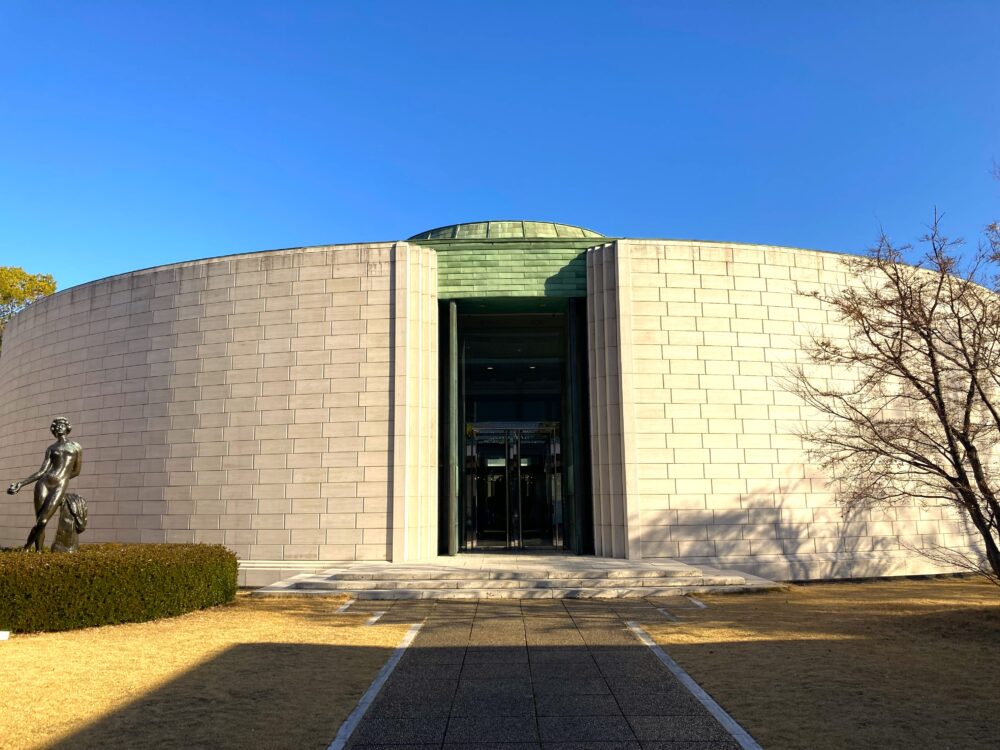
Located in the heart of Hiroshima, the Hiroshima Museum of Art sits quietly in a green corner of Central Park. Opened in 1978 to celebrate the 100th anniversary of the Hiroshima Bank, the museum was founded on the concept of “love and peace,” aiming to share a message of harmony through art.
The permanent collection features modern Western and Japanese paintings, especially works by the French Impressionists and Post-Impressionists like Monet, Renoir, and Matisse. With soft lighting and vibrant colors, the gallery spaces offer a calm and peaceful atmosphere—true to the museum’s founding spirit.
The museum also houses an impressive collection of modern Japanese paintings, including works by artists such as Ryusei Kishida and Shikanosuke Oka. One of the highlights is how Western and Japanese art are beautifully integrated throughout the exhibitions.
Daubigny’s Garden by Vincent van Gogh
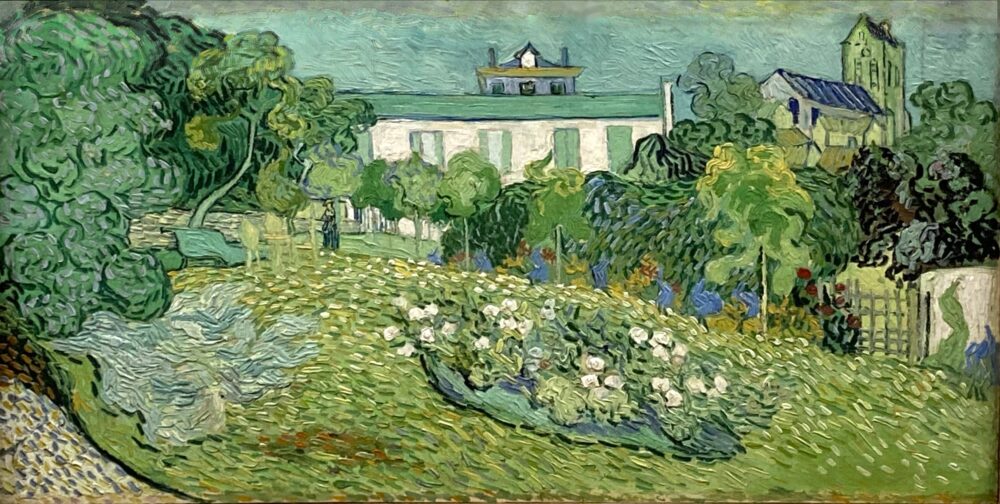
One of the most iconic works in the collection is Daubigny’s Garden by Vincent van Gogh. Painted in 1890 in Auvers-sur-Oise, France, just before the artist’s death, this piece bursts with Van Gogh’s bold brushstrokes and vivid colors. It’s a powerful and emotional work that reflects his inner world.
Since opportunities to view Van Gogh’s works in Japan are rare, seeing this masterpiece could easily become the highlight of your visit.
When you’re in Hiroshima, take a peaceful break from the city and spend some quiet time surrounded by art—it’s an experience worth adding to your itinerary.
A Dome Inspired by Peace and Tradition
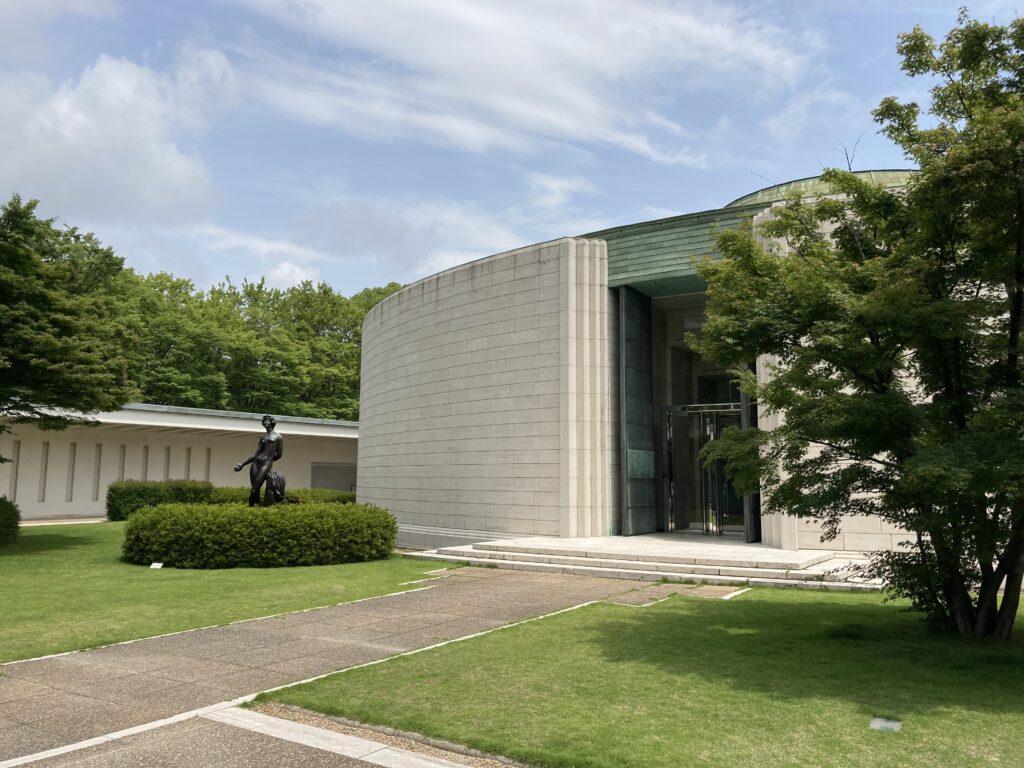
Once you enter through the ticket gate, you’ll find a domed main building surrounded by a covered corridor. The architecture is rich in symbolism: the dome is inspired by the Hiroshima Peace Memorial (Atomic Bomb Dome), while the surrounding corridor takes inspiration from Itsukushima Shrine. Inside the main building, you’ll find the permanent galleries.
Inside the main building
Discover the Heart of Hiroshima’s Art: Daubigny’s Garden by Van Gogh

After leaving the Saint-Rémy psychiatric hospital, Vincent van Gogh moved to the quiet village of Auvers-sur-Oise, just north of Paris. It was here that he found inspiration in the garden of Charles-François Daubigny, a painter from the Barbizon school whom Van Gogh deeply admired.
One day, Van Gogh visited Daubigny’s former home and was deeply moved by the beauty of the garden. Captivated by the scene, he returned several times to sketch and paint it. The result was Daubigny’s Garden, one of the final masterpieces he completed before his death in 1890.
Today, the original Daubigny residence still exists, though it is privately owned and not open to the public. This was confirmed by the team at Van Gogh Studio, who visited the site in the Netherlands.
Did You Know There Are Two Versions of Daubigny’s Garden?
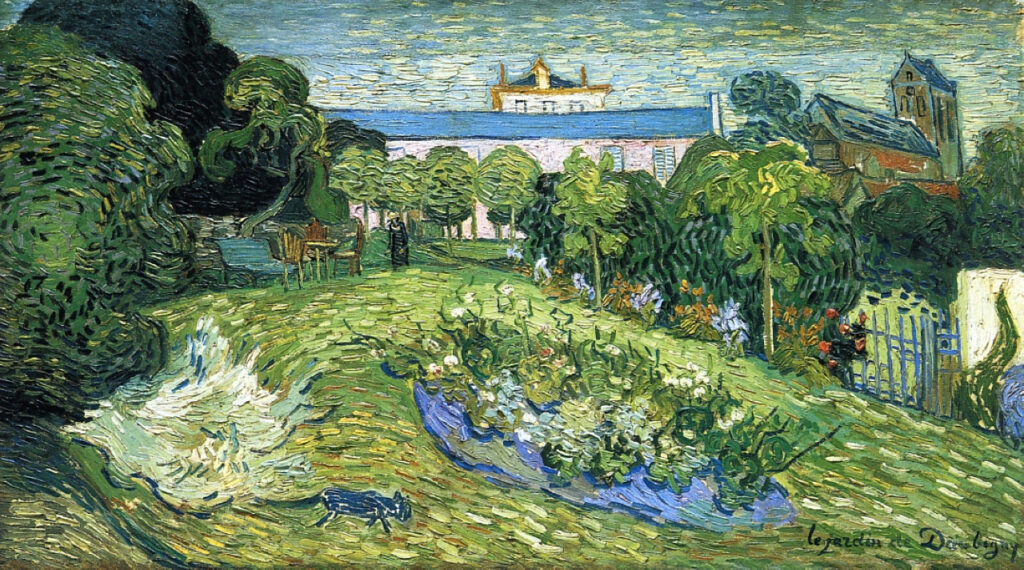
Many visitors are surprised to learn that the Hiroshima version of Daubigny’s Garden isn’t the only one—Van Gogh painted two versions of this composition. The other version is held at the Kunstmuseum Basel in Switzerland.
The Basel version features finer detail and a more realistic feel. Most experts believe Van Gogh painted the Basel version first, then created the Hiroshima version afterward. But make no mistake—this isn’t a simple copy.
Instead, Van Gogh explored a new expression in the second version, deliberately changing his brushwork and colors. It was part of his ongoing artistic experimentation.
Not a “Lesser Copy” – But a Bold Artistic Evolution
When we hear the word “reproduction,” we often think of simplified or lower-quality versions. But for Van Gogh, reworking the same subject was part of his creative process.
He frequently painted the same motif multiple times, each with different colors, brushstrokes, and composition. His famous Sunflowers series is a perfect example.
So, the Hiroshima version of Daubigny’s Garden shouldn’t be seen as a copy—it’s a bold reimagining, an evolution of his ideas.
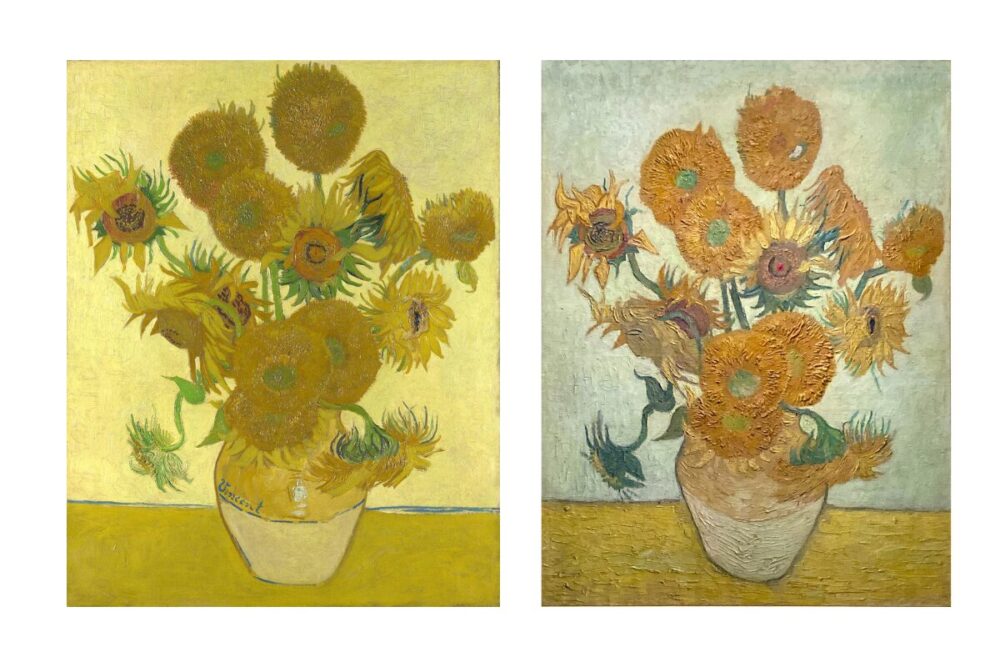
London’s National Gallery version (left) and SOMPO Museum version (right)
What Makes the Hiroshima Version Unique?
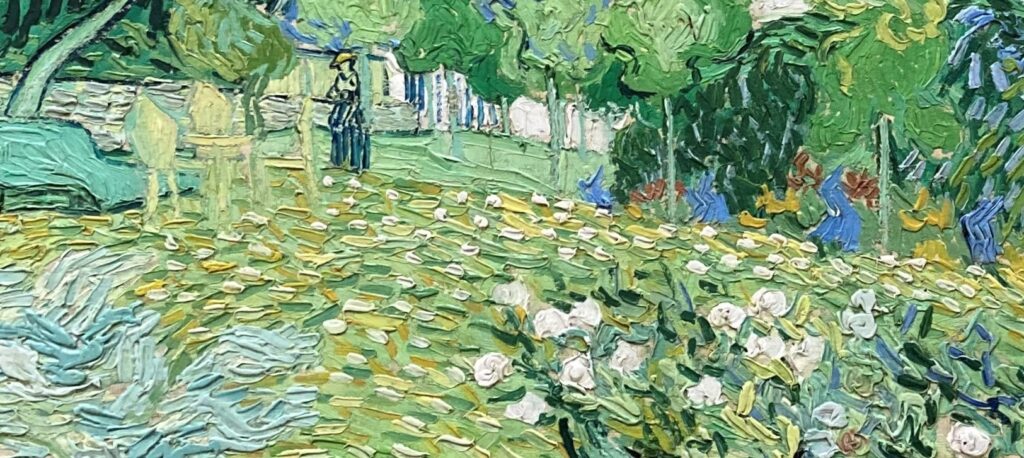
The Hiroshima version stands out for its thick layers of paint and bold, energetic brushstrokes. The flowerbeds in the foreground and the grassy bench area in the middle ground are painted with Van Gogh’s trademark intensity.
Look closely at how the artist layered pale greens and yellows over a light base using a pointillist technique. The effect is a radiant garden, glowing in the sunlight. Cool, bright colors—yellows, greens, blues—fill the canvas and create a vivid, unified scene.
But here’s the most fascinating part: Van Gogh intentionally avoided using warm colors like reds and browns.
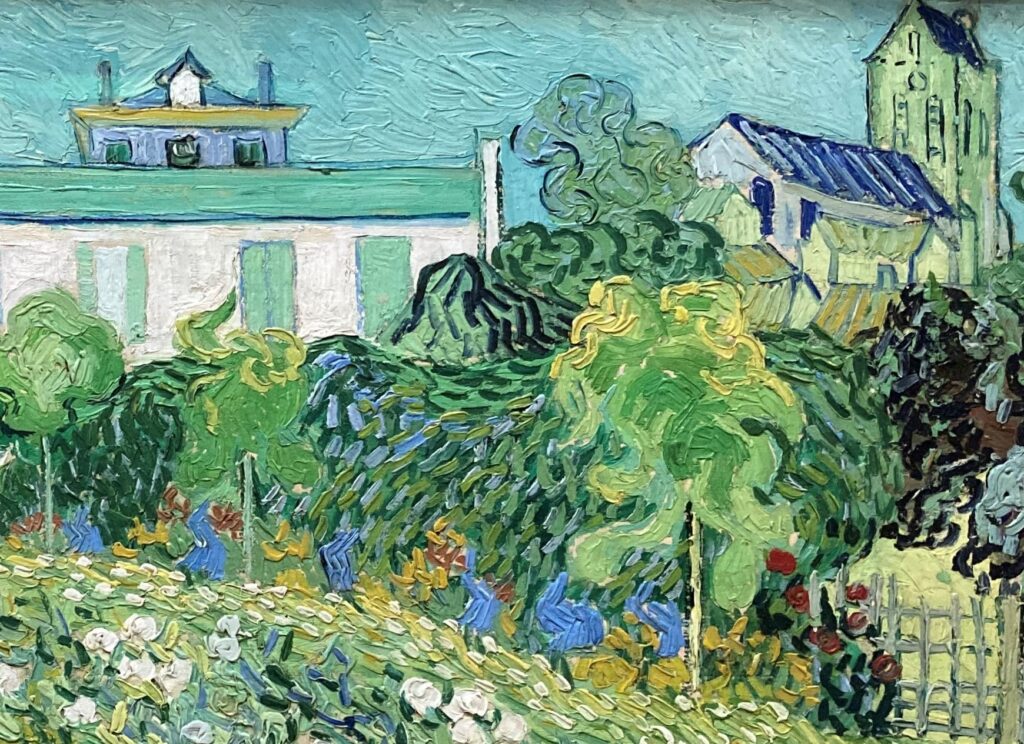
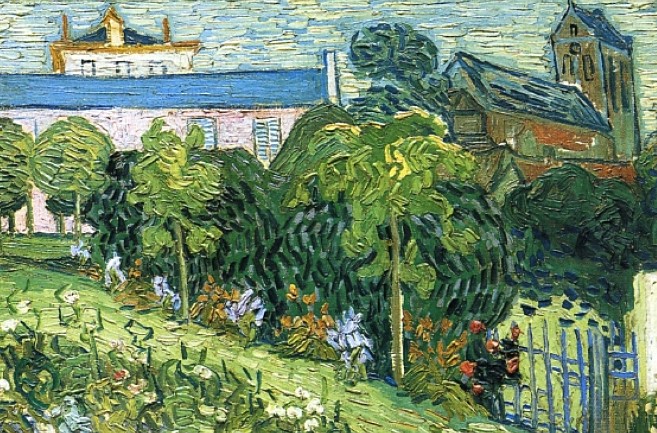
A Study in Cool Color Harmony
In the Basel version, you can see touches of pink and orange in the house and church, adding depth and perspective. In contrast, the Hiroshima version is built mainly with blues and pale greens. The lack of warm colors gives the entire painting a calm, serene feeling.
Why would Van Gogh do this? Although he often used complementary color pairs like red and green or blue and orange for contrast (as in Café Terrace at Night or The Night Café), here he seems to have prioritized balance and stillness.
Even if the real-life buildings were reddish in color, Van Gogh may have intentionally toned them down to maintain a peaceful mood in the painting.
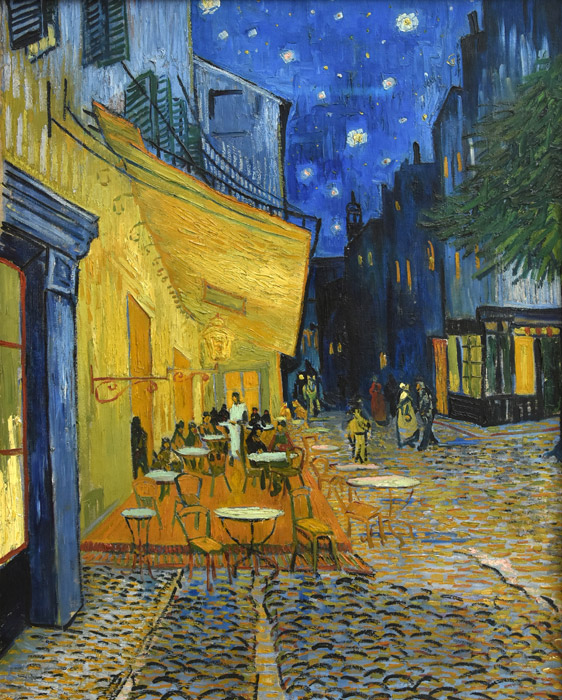
More Than a Copy—A Thoughtful Exploration of Color
Despite his emotional struggles, Van Gogh thought deeply and logically about color. He even experimented with yarn to test color combinations before painting.
That’s why the Hiroshima version of Daubigny’s Garden isn’t just a copy. It’s the result of Van Gogh’s deep and careful exploration of color, balance, and feeling.
A Hidden Masterpiece Waiting in Hiroshima
Van Gogh likely poured a lot of emotion into this painting during the final months of his life. Though it’s not as famous as some of his other works, Daubigny’s Garden is a hidden gem that captures the essence of his late period.
And how amazing is it that such a rare and powerful Van Gogh painting now resides in Hiroshima?
When visiting Hiroshima, don’t miss the chance to see it at the Hiroshima Museum of Art. Alongside other Impressionist masterpieces, Daubigny’s Garden offers visitors a quiet, heartfelt moment of reflection through art.

Other Highlights from the Collection
At the Hiroshima Museum of Art, you’ll also find masterpieces by other great modern artists such as Claude Monet, Pierre-Auguste Renoir, and Pablo Picasso—alongside Van Gogh. Here are just a few standout works from the museum’s impressive collection.
Please note that exhibits may rotate. Be sure to check the official website for the latest exhibition schedule before your visit. → Hiroshima Museum of Art Official Website
Claude Monet, Morning on the Seine (1897)
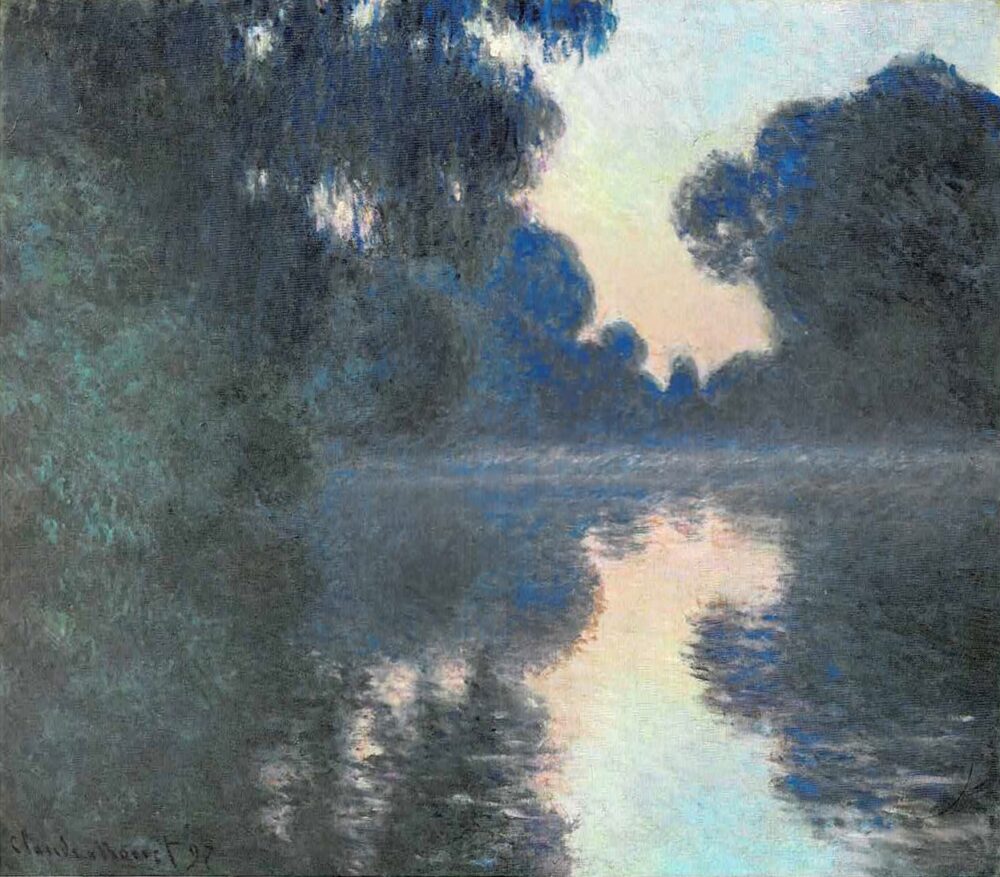
About This Work(Tap or Click to View)
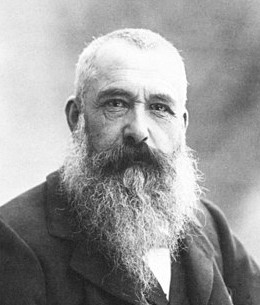
Monet, the master of Impressionism, moved to Giverny, France in 1883, where he created many landscape paintings capturing the natural light and atmosphere. His series paintings—such as Haystacks, Poplars, and Rouen Cathedral—show the same subject under different lighting conditions.
Morning on the Seine is part of one such series. Monet painted the Seine River at different times of day, capturing the mist and changing light of morning. In this piece, soft blue tones fill the canvas, while hints of red begin to color the sky—a subtle sign that morning is breaking. You can almost feel the quiet before dawn.
Monet is known for painting several canvases simultaneously to keep up with the changing light. His delicate brushstrokes and close observation bring a calm, poetic beauty to this painting.
Edgar Degas, Woman in a Bathtub (1891)
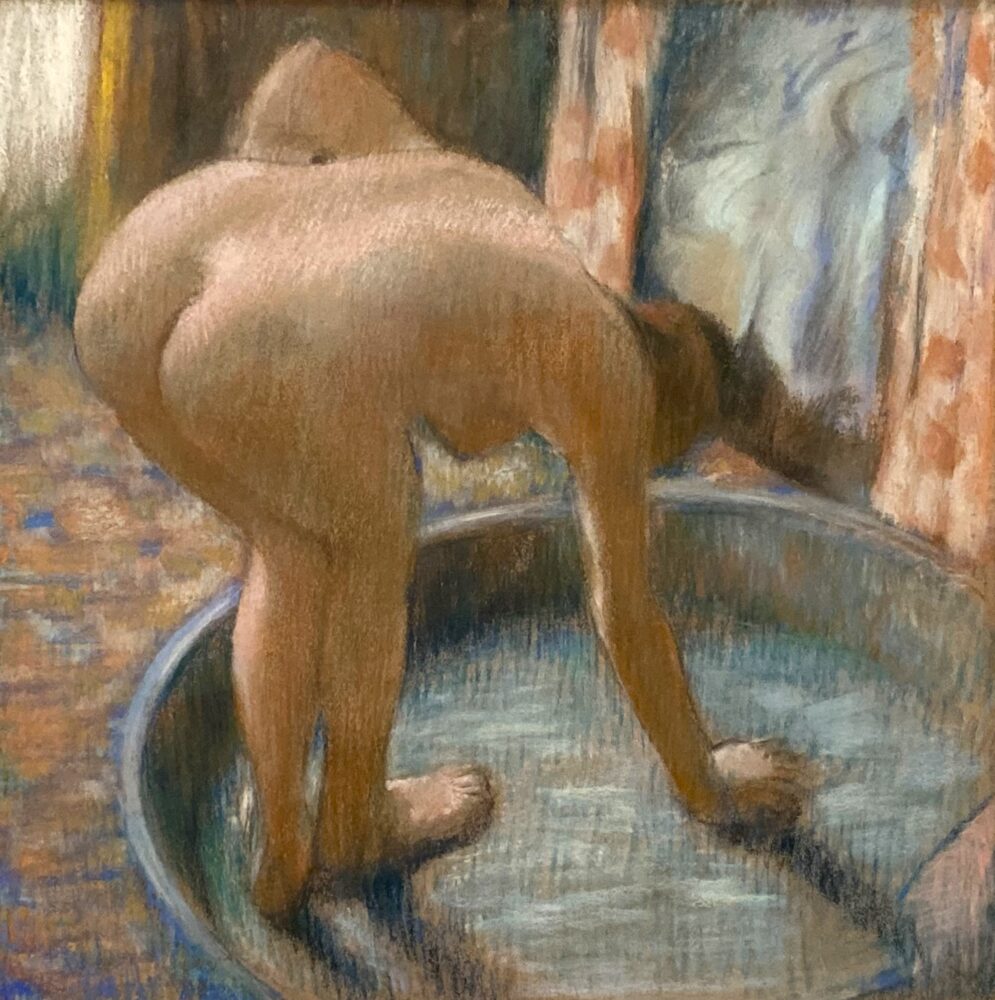
About This Work(Tap or Click to View)
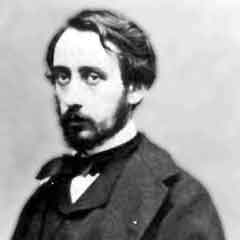
Though often associated with the Impressionists, Degas had a unique style. Unlike many of his peers who painted outdoor landscapes, Degas preferred indoor scenes and artificial lighting. Because of this, he is sometimes called the “outsider” of the Impressionist movement.
Degas often focused on dancers and women bathing, capturing ordinary gestures and quiet moments with a sense of intimacy—almost like a glimpse into a private world.
In Woman in a Bathtub, he depicts a woman drying herself after a bath. The warm background tones and the soft rendering of her skin create a sense of quiet closeness. At the same time, the strong lines and posture show Degas’s sharp eye and excellent drawing skills. It’s a work that combines sensitivity and precision.
Auguste Renoir, The Judgment of Paris (1913–1914)
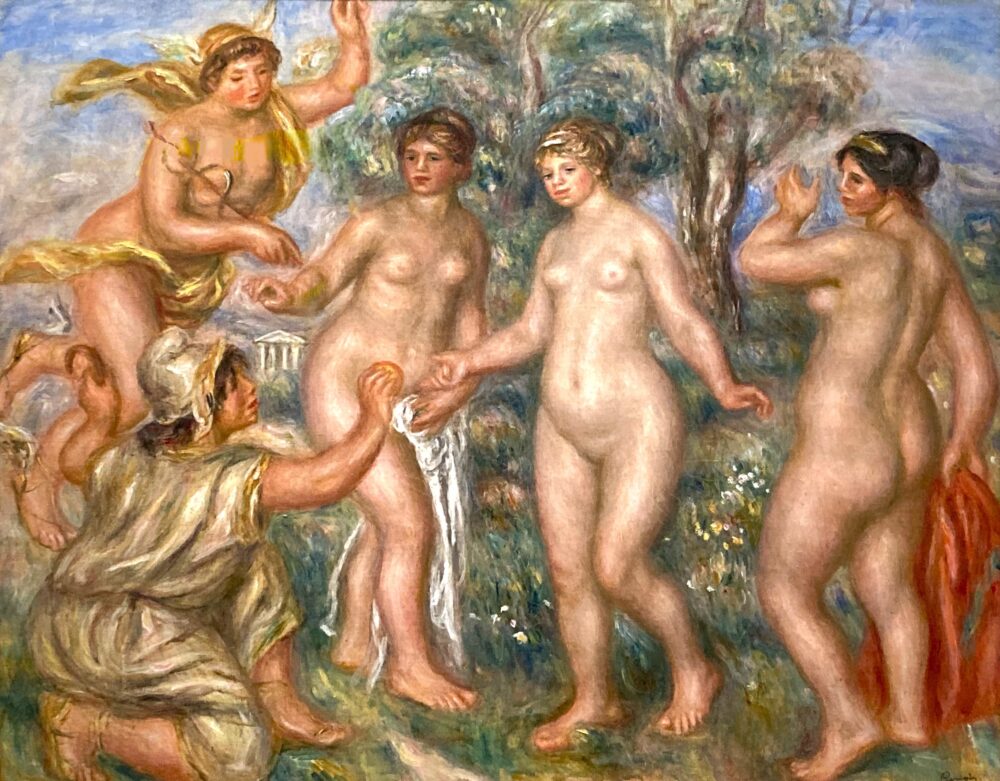
About This Work(Tap or Click to View)

Renoir, known for his soft colors and gentle brushwork, is one of the most beloved painters of the Impressionist movement. He often painted women and children, infusing his works with warmth and grace. This painting, The Judgment of Paris, was one of his final works and offers a unique take on a classic mythological theme.
By the time Renoir created this piece, he was suffering from severe rheumatoid arthritis and could barely hold a brush without assistance. Yet, the smoothness of the women’s skin and the delicate fabric textures show no sign of physical struggle. The painting radiates Renoir’s lifetime of skill and his enduring passion for painting.
The story behind this artwork comes from Greek mythology: the Trojan prince Paris is asked to choose the most beautiful goddess—Hera, Athena, or Aphrodite. Renoir paints this dramatic moment with soft light, glowing colors, and expressive figures, making the ancient story feel fresh and approachable.
In the late 1880s, Renoir developed a deeper interest in classical art. Even as he returned to a warmer Impressionist style later in life, he continued to paint mythological subjects, perhaps in pursuit of his own vision of ideal beauty.
Henri Le Sidaner, The Cottage (1927)
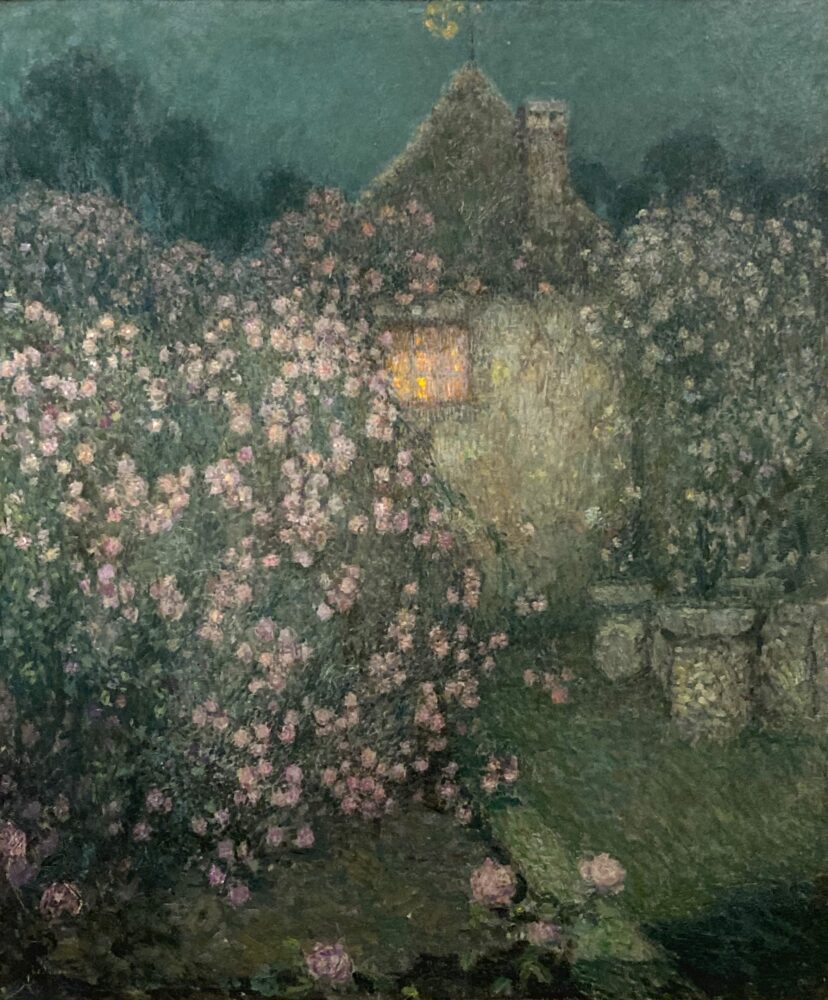
About This Work(Tap or Click to View)
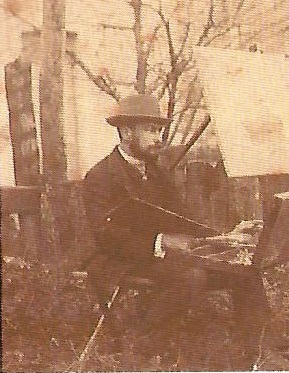
Henri Le Sidaner’s paintings are known for their quiet, sometimes nostalgic atmosphere. While influenced by the Impressionists, his work is more introspective and poetic. He is often referred to as an “Intimist” painter—a title given to artists who focus on peaceful, personal scenes.
Around the age of 40, Le Sidaner left Paris and moved to the small village of Gerberoy in northern France. He gradually stopped painting people and instead focused on tranquil scenes that suggest someone has just stepped away.
The Cottage is a perfect example. The warm light glowing from the windows and the blooming roses around the house suggest life inside—even though no one is visible. Le Sidaner captures the presence of people without ever showing them, creating a sense of quiet mystery.
Fun fact: Le Sidaner didn’t just fill his own garden with roses—he proposed turning the whole village of Gerberoy into a “village of roses.” The townspeople joined in, and today Gerberoy is celebrated as one of “The Most Beautiful Villages in France.” During the rose season, the annual Rose Festival transforms the village into a real-life painting. It’s a truly magical place worth visiting.
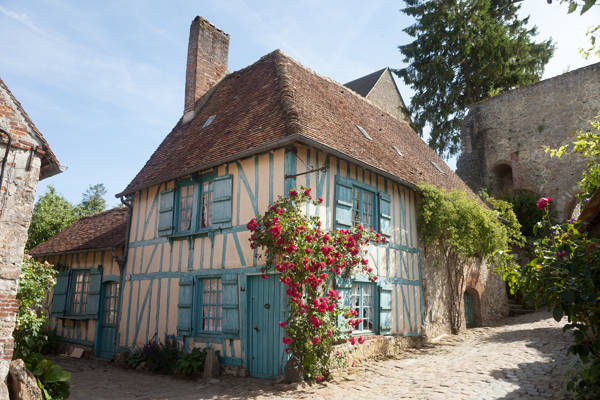
img: by PMRMaeyaert
Visitor Information: Hiroshima Museum of Art
Location: 3-2 Motomachi, Naka-ku, Hiroshima City, Hiroshima Prefecture, Japan
Explore Nearby: Hiroshima Castle
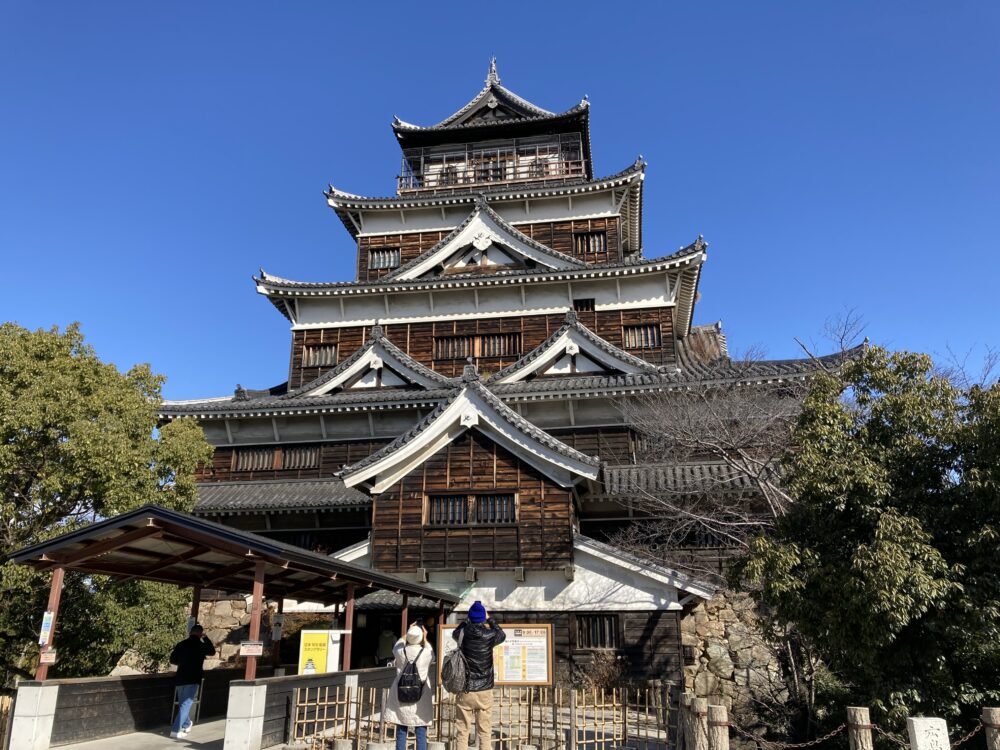
Just north of the Hiroshima Museum of Art, you’ll find Hiroshima Castle, also known by its affectionate nickname “Rijō” (Carp Castle). Originally built in 1592 by warlord Mōri Terumoto, the castle once served as a key political and military center in western Japan during the Sengoku (Warring States) period.
Sadly, the original castle was destroyed by the atomic bombing in 1945. However, the main keep was beautifully reconstructed in 1958, showcasing a traditional wooden exterior that blends seamlessly with the surrounding greenery.
Inside the keep, you’ll find a history museum featuring exhibits on the Mōri clan, life in the castle town, samurai armor, swords, and more. It’s an engaging and educational stop for history lovers.
Before reaching the main keep, visitors can also explore the Ninomaru, a restored section of the outer citadel. Entry to the Ninomaru buildings is free, making it a perfect place to enjoy the historic atmosphere without a ticket.
After enjoying the art at the museum, take a peaceful stroll through the castle grounds and experience a glimpse into Hiroshima’s rich past.
Inside the Ninomaru
Final Thoughts: A Peaceful Art Experience in the Heart of Hiroshima
The Hiroshima Museum of Art is more than just a place to admire great paintings—it’s a serene space that beautifully reflects the spirit of love and peace. Inspired by Hiroshima’s history, the museum’s dome-shaped building was designed to resemble the Atomic Bomb Dome, while its surrounding corridors evoke the peaceful architecture of Itsukushima Shrine. Even the architecture quietly tells a story of hope and remembrance.
Inside, you’ll discover masterworks by French modern painters such as Monet, Renoir, Degas, and Le Sidaner. Their gentle brushstrokes and soft colors create a calming atmosphere that invites you to slow down and simply enjoy the moment.
One of the true highlights of the museum is Vincent van Gogh’s “Daubigny’s Garden.” Painted in the final months of his life in Auvers-sur-Oise, the piece radiates raw energy, emotion, and intensity. Standing before it feels like stepping into the artist’s soul. Since opportunities to see Van Gogh’s work in Japan are rare, this is a truly special encounter for any art lover.
Just a short walk north of the museum, Hiroshima Castle offers another layer of local history. After exploring the galleries, it’s well worth taking a peaceful stroll through the castle grounds, where history and nature come together in perfect harmony.
If you’re planning a trip to Hiroshima, don’t miss this unique combination of art, architecture, and history—all in one beautifully walkable area.
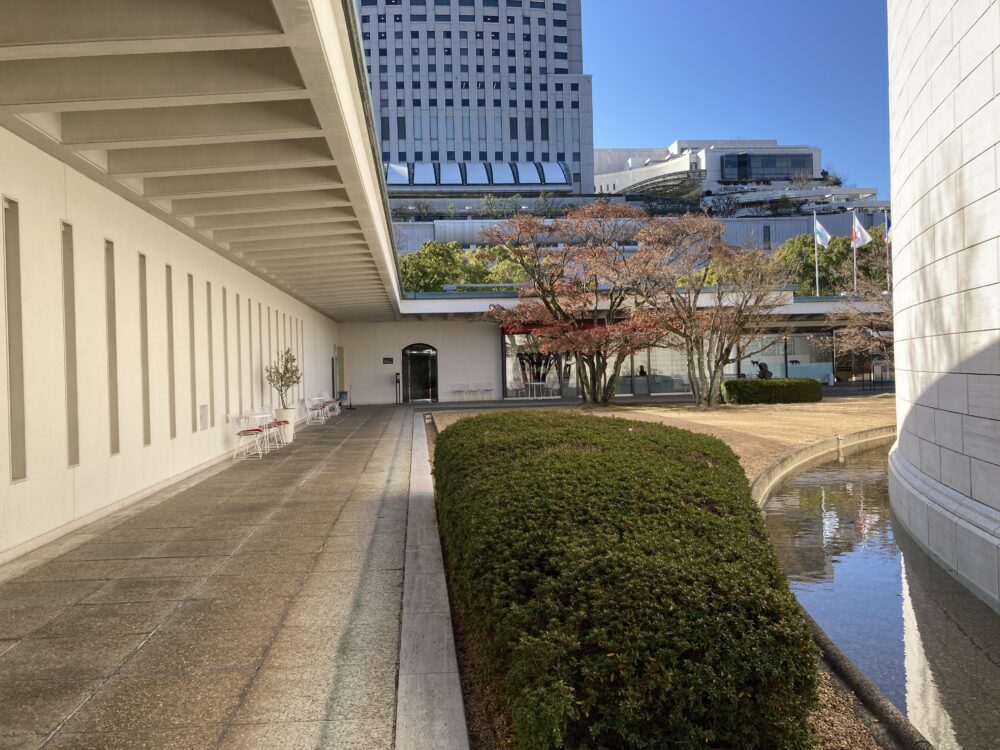







Comments